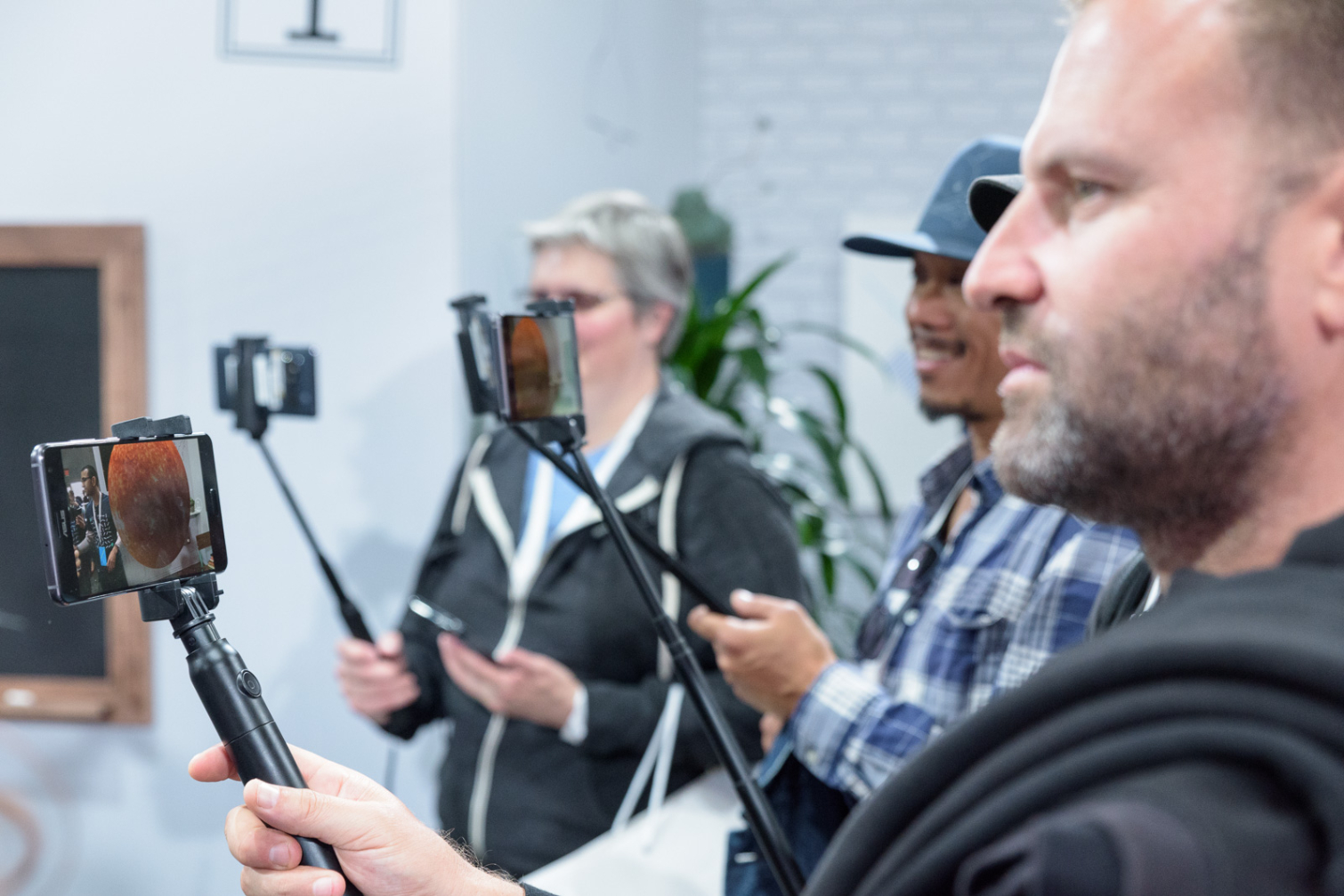Google Bringing Expeditions Pioneer Program To Tango (Update: Video)
Update, 5/19/17, 11:48am PT: Added a video.
Original article, 5/17/17, 2:05pm PT:
Google is preparing to launch the next iteration of the Google Expeditions immersive education platform. With Tango-ready smartphones on the market, the company will launch Expeditions AR this fall.
Google launched the Google Expeditions Pioneer Program in the 2015/2016 school year with the intent of bringing low-cost virtual reality field trips to the classroom. The company created a series of over 100 virtual tours that teachers could share with the kids in their classrooms. Google traveled the world with “Expedition Teams” to showcase the Google Expeditions platform to teachers in thousands of schools to drum up interest in the program. Yet Google Expeditions on Google Cardboard barely had a chance to catch on before Google moved on to the next thing.






Google is now creating Expedition content for the company’s Tango AR platform. Instead of Google Cardboard HMDs and smartphones, Google’s Expedition Pioneer Program will bring Asus Zenfone AR Tango-ready smartphones and selfie sticks to showcase augmented reality education experiences in the classroom.
To be clear, Google did not say it would abandon Expeditions on Cardboard, but the company is focusing its energy on its latest technologies. Augmented reality offers an entirely new class of education experiences that VR can’t provide. VR could remain as the primary virtual field trip platform, but AR opens a world of possibilities for visual learning in the classroom.
Google Tango AR technology enables shared classroom experiences in which everyone can participate. With Google Cardboard, kids could experience a virtual field trip at the same time as the class, but even though the class is sharing the same experience, the kids remain isolated in their own headset. With Tango devices, everyone in the room can see the same AR experience together. And Tango’s spatial awareness technology allows everyone to see the experience from their own perspective.
Get Tom's Hardware's best news and in-depth reviews, straight to your inbox.
Google told us that each phone synchronizes to the teacher’s phone over WiFi, so everyone sees the same experience in real-time. Before the experience starts, the teacher must create a map of the space with their phone. That map is then used as the reference point for the position of the AR experience. The spatial map then propagates over the network to the students' phones. The student phones references the teacher's map information and compares it to the camera system's view to line up the virtual image.This way, a teacher could have their students gather around a demonstration and know that everyone will see the AR objects at the same time and in the same location.
When you start the Expeditions app, you'll get a prompt to select guide (teacher) or follower (student). If you select follower, the map will automatically download from the guide phone. Google said the software will let only one phone chose guide. The rest are forced to join as followers.
Google said it currently has Expedition AR experiences that teach kids about asteroid belts and other objects in space, the intricacies of a double helix strand of DNA, the chaos of a category 5 hurricane, and the artistry of the Statue of David. It’s unclear if Google plans to build more AR experiences before it rolls the program out later this year.
Google’s Expedition Pioneer Program will begin touring from school to school this fall to showcase the new AR content for Google Expeditions.
Kevin Carbotte is a contributing writer for Tom's Hardware who primarily covers VR and AR hardware. He has been writing for us for more than four years.
-
bit_user Meh. Feels a bit gimmicky. When you consider the $500 price tag of the Phab 2 Pro (and you can bet the Zen Phone AR will be more), I can't see it as money well spent. I think it was worth trying, but I don't see it catching on. Not like this, at least.Reply
That said, I'm sure there are better uses for AR in education than what they showed. It's still early days, yet.

